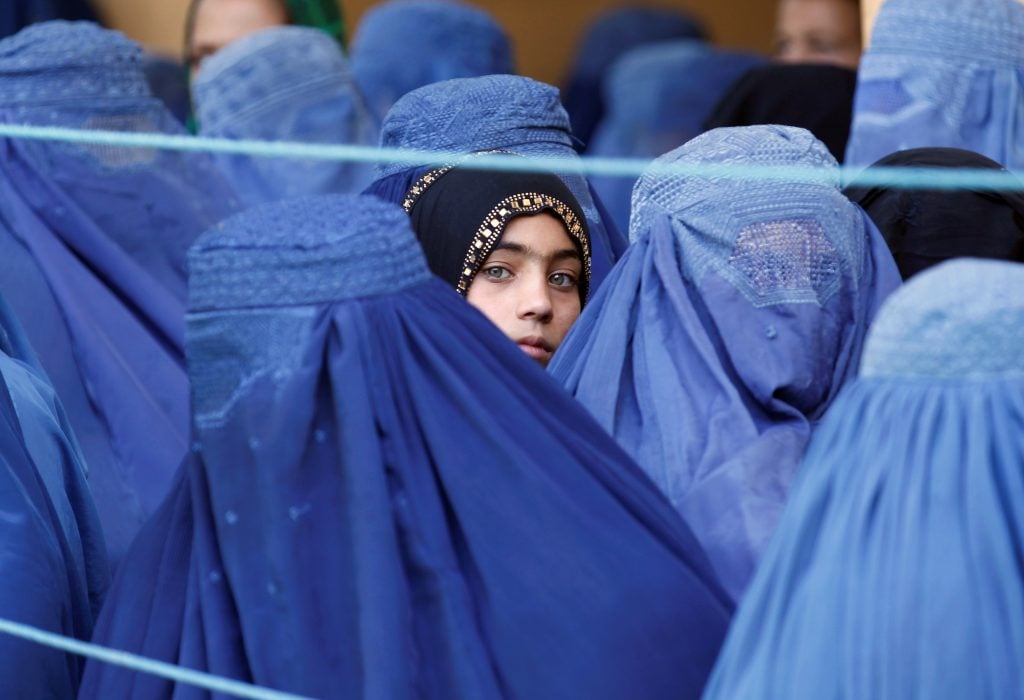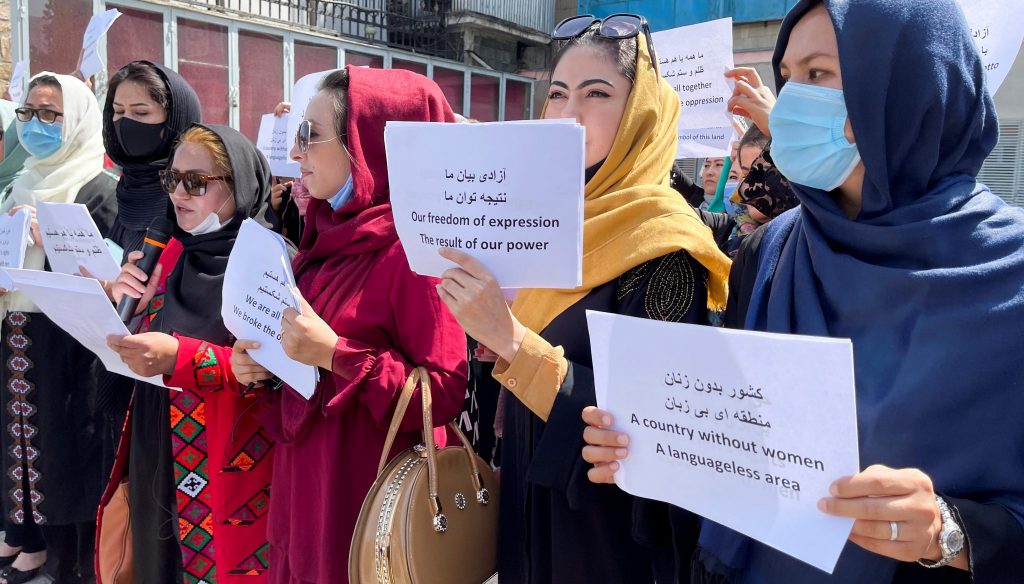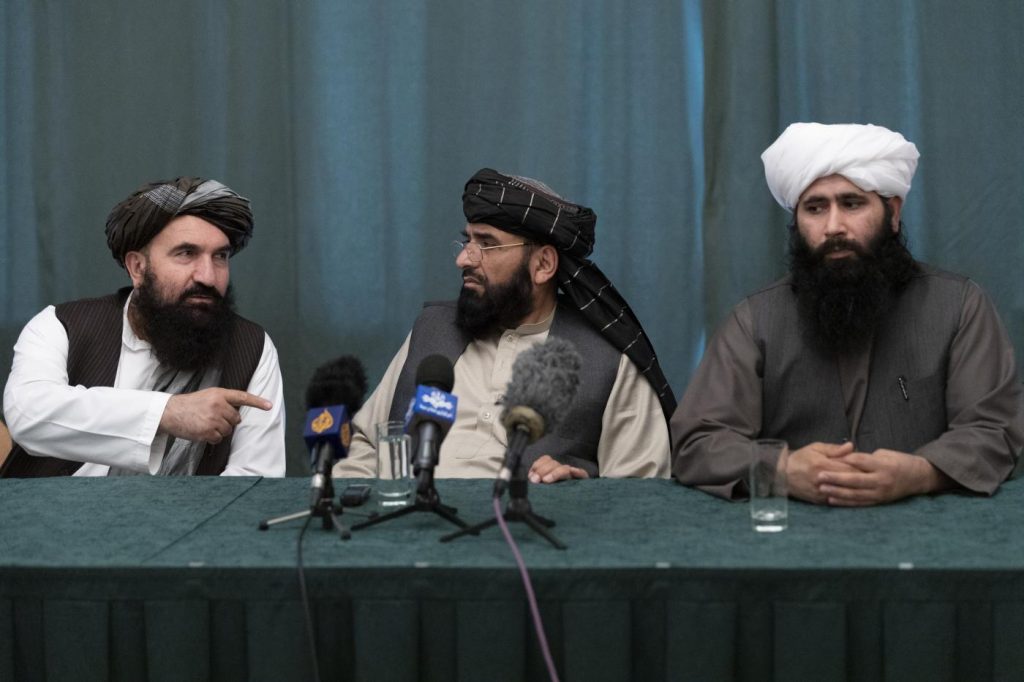With the recent developments in Afghanistan, the Taliban is back in the current conversation of global news. Just two weeks before the United States had plans to withdraw its troops, the Taliban have occupied Afghanistan. The militant organization seized power in all major cities in just the span of a few days. The US had been backing the government in Afghanistan since the 1990s, which has been running the country since it regained power from the Taliban in 2001. But the country’s government has crumbled, and now Afghans are fleeing the country. What many want to know is, who is the Taliban? How has this organization regained momentum and recaptured the entire country of Afghanistan? If you would like to learn more about this historically significant and very dangerous group, read on to learn 7 important things to know about the Taliban.
What is the origin of the Taliban?
Back in 1994, the Taliban emerged in response to the chaos surrounding the Soviet’s withdrawal from Afghanistan in 1989. The group came from the Kandahar Province, which is located in the southern Pashtun region of the country. The Soviet Union invaded back in 1979 in support of the Communist government in Afghanistan. The mujahedeen defeated the Soviets, who were a group of factions brought together in the name of defeating a common enemy. But after victory, the groups began fighting and the country was overtaken by civil war. The Taliban was a group that promised to alleviate the civil war and put Islamic values as a priority. This is when they first overtook the country.

What does the word “Taliban” mean?
The “word” Taliban literally means “students” or “seekers” in Pashto, which is one of the two official languages of Afghanistan. This refers to the origin of the group’s original members, who were religious students educated in the Islamic tradition.

Why did the US originally invade Afghanistan?
While the Taliban were in rule originally, a former mujahedeen fighter by the name of Osama bin Laden built up a terrorist group that would wreak havoc of global proportions. This group was called Al Qaeda, and it was responsible for the terrorist attacks of September 11, 2001, on the World Trade Center towers in New York and the Pentagon in Washington, D.C. In response to this fatal attack where thousands lost their lives, the US sent troops to take down Al Qaeda and bin Laden, after which they fled to Pakistan. The US had left its military presence there for 20 years.

What was Afghanistan like under Taliban rule?
In 1996, the Taliban ruled Afghanistan and began imposing strict rules and public consequences to breaking those rules. Mass executions, floggings, and harsh limitations of women’s rights were all a reality under the Taliban’s Islamic Emirate. They also destroyed world-renown statues known as the Great Buddhas of Bamiyan, in an attempt to stamp out any other rivaling religion and its practices.

How did the Taliban treat women under their first occupancy?
Under Taliban rule, women were not allowed to go to school and were banned from working most jobs. Any woman outside of her home without their faces covered could endure very harsh punishments. Unmarried women and men also could not interact with each other at all, or also risk severe repercussions.

Why are women in Afghanistan fearful of a new Taliban rule?
In the two decades since the original Taliban rule, women have made many strides towards better treatment in Afghanistan. Now, just weeks into the new Taliban insurgence, violent and aggressive acts towards women have already taken place. In one instance, Taliban insurgents told nine female employees in a bank in Kandahar that they should not be working. They ordered the women to leave and that they should be replaced by male relatives. “It’s really strange to not be allowed to get to work, but now this is what it is,” said one of the Kandahar bank workers. In the city of Kunduz, Taliban leaders recently told female government officials that they must leave their positions and never work them again.

What is the future of Afghanistan?
There is really no way to predict what the Taliban will do next under its current control of Afghanistan. So far, its leaders have made claims that people will remain unharmed, but there have been reports of brutal attacks. This led to many refugees fleeing to Kabul, the capital of Afghanistan, to avoid the full occupation of the militant group. The airport of Kabul has become a place of refuge for thousands of Afghans. “I am afraid because I do not know what will happen and what they will do,” one resident told the New York Times. “We have to smile at them because we are scared, but deeply we are unhappy.”

